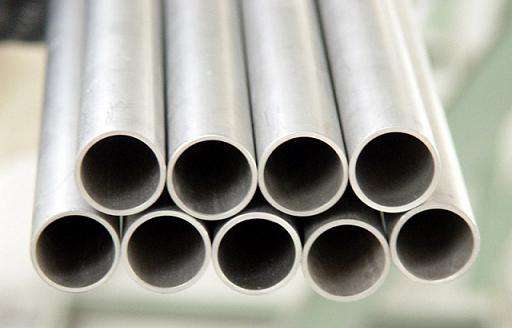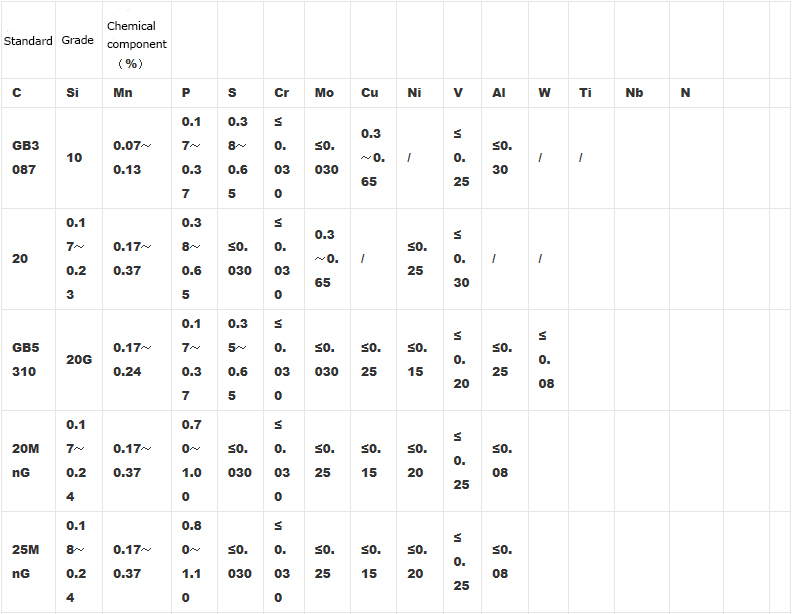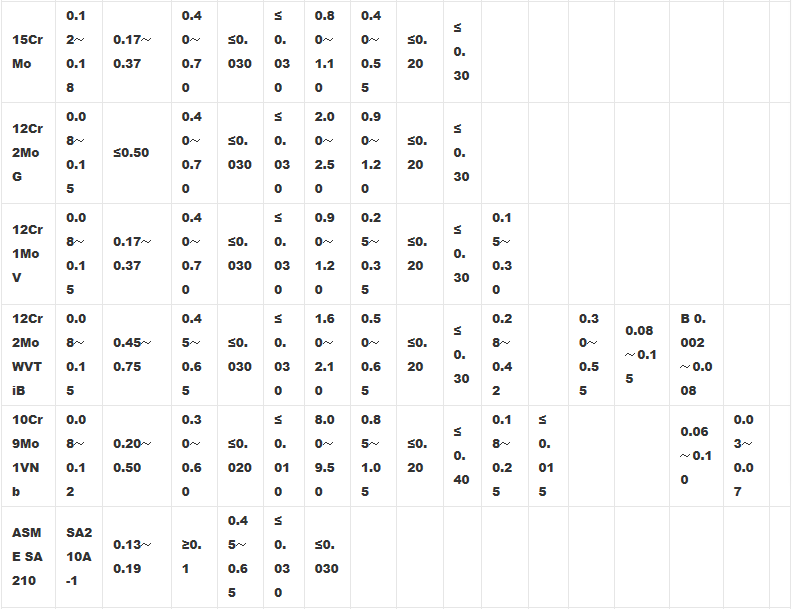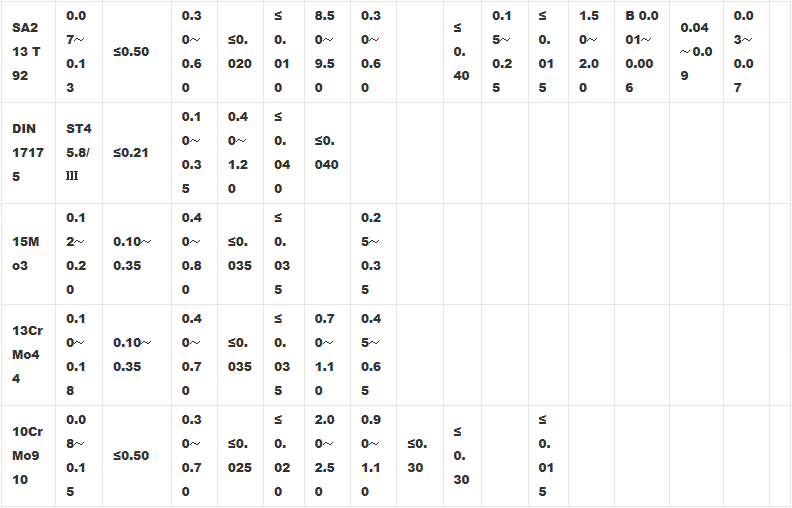CNC tools can be classified according to the taper taper type of the shank, and there are BT type, CT type, SK type, IT type, and the like. There are different series in each model, such as BT type shank and BT30 type, BT40 type, BT50 type. Secondly, it can be classified according to the cutting method of cutting tools, such as boring tools, reamers, drilling, tapping, etc. The structure and use of the CNC tool are introduced in a way that the tool holder holds the tool.
(1) The circlip grips the shank. The shank adjusts the locking of the circlip by means of a rotating clamp for clamping the cylindrical shank cutter. The caliper has high clamping precision. This type of shank can be used in various cutting forms such as drilling, milling, reaming, boring, rigid tapping, etc. It has a wide range of applications and is widely used in production. This type of tool holder can be divided into two categories.
The first type of universal circlip gripping shank: when the tool shank diameter d is equal to the shank diameter D of the shank, no circlip is needed, and the shank directly clamps the cutter; when d is less than D, the shank needs to be added A snap spring is used to hold the tool. The outer diameter D1 of the circlip is equal to the inner diameter D of the shank, and the inner diameter D2 is divided into different diameter series at intervals of 1 mm. The clamping diameter is up to 42 mm, the clamping force is large, and the clamping precision is high, and is mainly used for clamping straight. Handle milling cutter for milling. The remaining tools can be made in the form of straight shanks that are held by this shank. So it is a basic tool holder.
The second type of slender circlip gripping shank: its clamping diameter is generally less than 25mm. The gripping part of this kind of shank is relatively slender, and can be processed deeper into the narrower space inside the workpiece or the workpiece. The outer diameter D1 of the circlip is equal to the inner diameter D of the shank, and the inner diameter D2 of the circlip is divided into different diameter series at intervals of 0.25 mm (small aperture) or 0.5 mm, and the clamping precision is higher. Within 4 times the length of the clamping diameter, the circle beats within 3 μm. There are two types of circlips: 8° cone angle and 16° cone angle. The 8° cone spring end is a flat shoulder, and the 16° cone spring end is a sloped surface. It is easy to tilt when installed, so the clamping accuracy of the 8° cone circlip is higher than that of the 16° cone circlip.
(2) Drill chuck holder. The Morse short cone at the top is connected to the drill chuck, and the chuck chuck has low clamping accuracy, but the clamping diameter range varies greatly. The JS13 type drill chuck can hold a diameter of 0.5 to 13 mm. This type of shank is mainly used for drilling.
(3) Morse taper shank, divided into two types: flat tail and no flat tail. The flat tail transmits torque through the flat tail, and is mainly used to hold large diameter taper shank drills and some taper shank reamers. Due to the large cutting forces in milling, the taper shank must be clamped with a flat-tailed Morse taper shank, which pulls the cutter through the broach.
(4) Tapping shank, divided into rigid tapping shank and flexible tapping shank. Rigid tapping speed and high efficiency are the preferred tapping methods. This type of tool holder can be replaced by a circlip holder. However, in some cases flexible tapping must be used, and the flexible tapping shank uses a tap chuck to hold the tap.
(5) Side pressure type shank. In addition to being clamped by a circlip grip, the straight shank can also be clamped with a side-pressure shank with two presser screws on the side. It is simple in structure and practical.
(6) Milling shank. When the milling area diameter is larger than 50 mm, it is generally processed by a milling shank with a milling cutter. Although the milling cutters are various in form, they are generally fixed to the milling cutter handle by means of a threaded coupling.
Alloy Steel Pipe
Alloy pipe is a kind of Seamless Steel Pipe, which is divided into seamless pipe for structural use and high pressure heat resistant Alloy pipe.Different from the production standard of alloy pipe and its industry, the mechanical properties of alloy pipe are changed by annealing and tempering to meet the required processing conditions.Its performance is higher than the general seamless steel tube's variable utilization value, the alloy pipe chemical composition contains more Cr, high temperature, low temperature and corrosion resistance performance.The general carbon seamless pipe does not contain the alloy composition or the alloy composition is little.
Application
Alloy tubes are more widely used in petroleum, aviation, chemical, electric power, boilers, military industries and other industries because their mechanical properties are more variable and easy to adjust.

Chemical component




Packaging Details
Plastic caps on both ends, Steel bundle, Woven bag or acc. to customers' request.
Delivery Time
15 days after receiving deposit
If you have any questions, please contact with us directly and welcome you can visit our Factory.
Alloy Steel Pipe
Alloy Steel Pipe,Hdg Pipe,Erw Steel Pipe,Alloy Carbon Steel Pipe
HEBEI CHENGYUAN PIPE INDUSTRY GROUP CO.,LTD , https://www.hbcytube.com